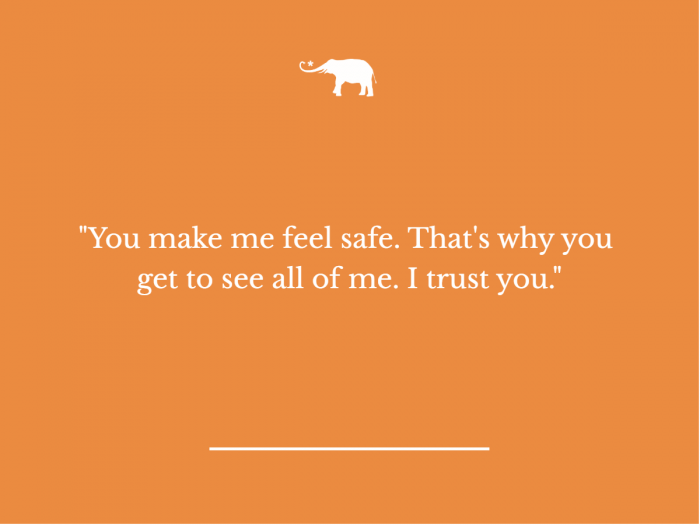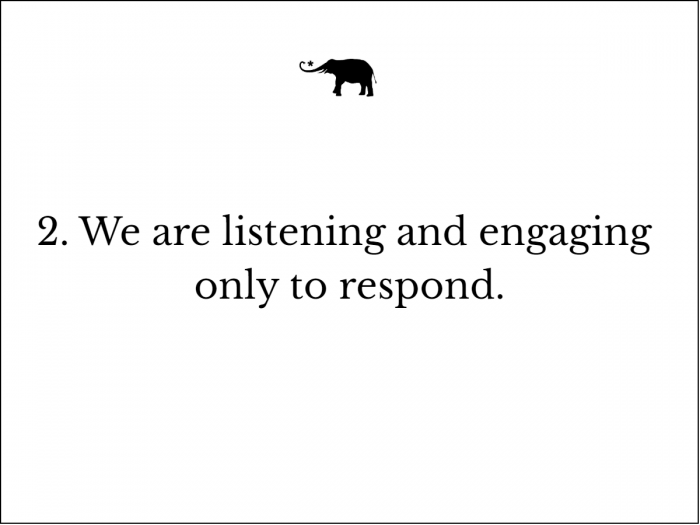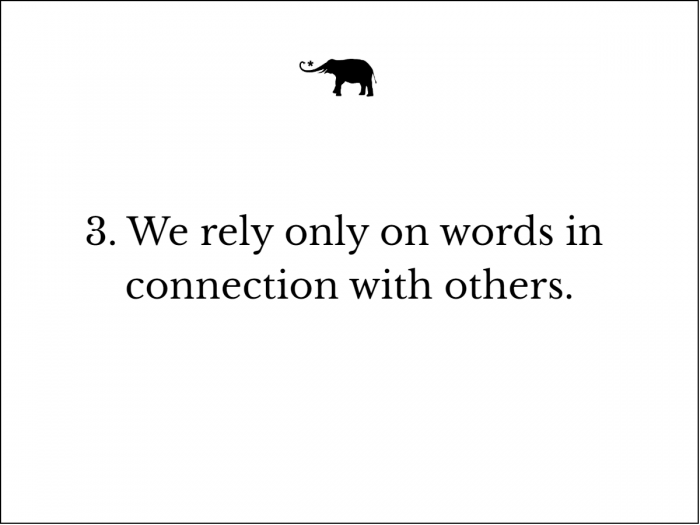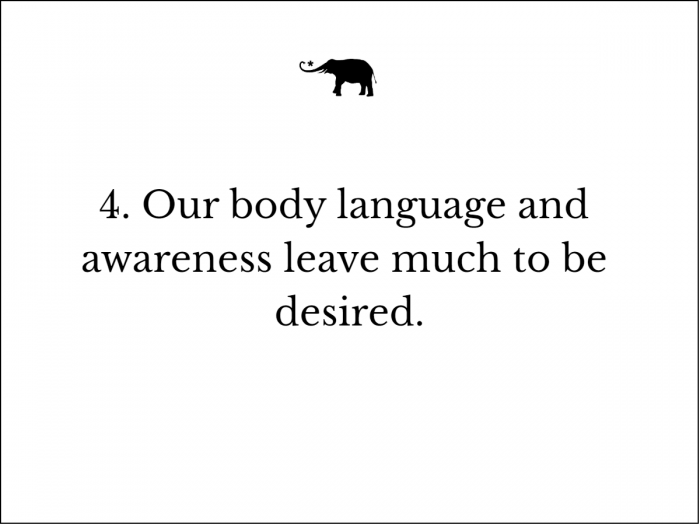Why you’re unable to authentically connect with others, and how to make that shift.
“Susanne, you have a gift when relating to people. I’m not sure how to articulate it. My first psychologist had it, and you have it too. You draw everything out of everyone you connect with and they feel safe to do so.”
This is what my mom told me about a year ago.
And it’s true, you know.
I’ve been working as a spiritual and energetic coach for the last several years and, within minutes, I am able to draw out depths from my clients that they may never have disclosed in a lifetime.
In testimonials and feedback from clients and friends alike, I am told, “You make me feel safe. That’s why you get to see all of me. I trust you.”
Yet, many of us walk around not feeling safe to be seen and not trusting in others.
I wanted to share some of the barriers to authentic connection that many of us experience and how we can each begin to shift that for ourselves.
We are only ever able to connect with others as deeply as we have connected with ourselves. If we are unable to recognize our wounded child and inner shadow, we are repressing aspects of ourselves. When in dialogue with others, we will subconsciously then be repressing their wounded child and shadow self.
There is hope, however. It’s never too late to begin the work on yourself. To meet and accept your wounded child and shadow self. To love and accept these aspects as part of your whole self and bring these pains to light so you can show up authentically as yourself.
When listening to others, we often are projecting our next response in our head while others are speaking. From this vantage point, we make the other person feel unseen and unheard and, often, dismissed. They will recognize that we are more invested in our responses than what they have to say and immediately shut down.
You can shift this! Actively listen to understand. Allow the person to share and paraphrase what they have said to you back to them using some of the same keywords. This subconsciously sends cues to the other individual, “Hey, we are using the same words. This person really gets me!”
Conversation is so much more than the actual words we say. A common pitfall in dialogue and connection is to only concern ourselves with what we say and pay no heed to how we say the words we share and do not use any nonverbal cues.
We are all mirrors of each other. To gain rapport and trust, it is imperative that we mirror back to the other individual. If someone speaks at a fast pace, it’s important to match our speaking to their pace too. If the person gesticulates with their hands while saying a certain phrase, do the same.
Tune in to whether they are visual (use words like vision, clarity, I see what you are saying) auditory (use words like listen, tune in, I hear what you are saying), or kinaesthetic (use words like feel, grasp, I feel you) and begin using similar language to match them.
Again, it’s not just the words, but also our nonverbal that communicates trust. Are we closed-off? Distracted by our phone? These nonverbal behaviours send immediate red flags to others.
Pay attention to your own body! Look at the person you are connected with, in the eye. Lean in. Do not become distracted by your phone. Lead with your heart.
Listen.
We all have a greater desire for more authentic and safe connections.
Start by becoming a little more conscious of yourself in conversations with others and don’t be afraid to meet yourself so deeply that everyone wants to dive in with you as well!
















Read 0 comments and reply